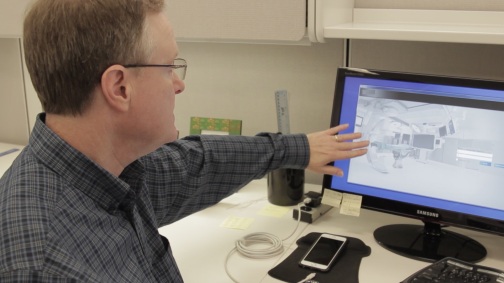
Process validation is the method of using data from stages ranging from the process design stage to production, to ensure that the process that is being used can deliver consistently high-quality products. Companies that come under the life sciences must comply with GxP regulations to ensure that their processes meet the regulatory guidelines to be GxP compliant. Computer Systems Validation is the method of ensuring that all computer systems used that go into the production of products in the life sciences industry comply with set regulations and meet the specifications relating to quality.
For the FDA, CSV is more than just hardware and software. It also includes any instruments that are linked to the computer system or are part of it, as well as staff that operate the computer system under set SOPs. The FDA considers GxP as being much broader, as it includes static and dynamic testing.
Testing and verifying of computerized systems is a crucial aspect of GxP systems. It is a means for showing that a computer system meets the intended requirements. Carrying out testing properly and appropriately is a major regulatory expectation, whose scope and nature have been defined by many regulations from the FDA, the EU’s GMP Annex 11 and other documents.
So, any regulated company has to demonstrate compliance with GxP regulations and show how fit these products are for their intended use. The criterion for the effectiveness of testing is its ability to show compliance with regulatory requirements. This is a means to ensuring the following:
- Patient safety
- Product quality
- Data integrity as a result of controlling identified risks.
The guarantee that systems perform as intended for their use shortens the overall lifecycle of implementing and operating the system. It also prevents delays to the use of the system that could have happened because of the time taken to make corrections to the system.

At the other end, not carrying out testing adequately or appropriately could result in issues that could surface later on in the lifecycle. Detecting and fixing them at that point is very expensive, cumbersome and very time consuming. Not only do such systems fail to meet intended requirements; they also incur exorbitant costs into corrections, maintenance and support.
Not only these; not adequately and appropriately carrying out test functions adversely impacts in any or all of these:
- Patient safety
- Product quality
- Data integrity
- Regulatory compliance requirements
- Ability to meet intended use of the system.
- Stringent actions from the regulatory agencies, which could include citations and other penalties
- The business bottom line and the company’s credibility.
A thorough guidance session

As can be seen from all these; testing of the GxP systems is an area in which no company can afford to be lax. The means of doing this in the right manner that meets the regulatory expectations and help avoid all of the undesirable effects listed above will be taught at a two-day seminar that is being organized by GlobalCompliancePanel, a leading provider of professional trainings for all the areas of regulatory compliance.
Angela Bazigos, a seasoned executive with 40 years of experience in the life sciences & healthcare industries, who is CEO, Touchstone Technologies Silicon Valley, will be the Director at this seminar. Please log on to Testing GxP system that is FDA-compliant to enroll for this seminar and gain from the experience that Angela brings into life sciences. This seminar has been pre-approved by RAPS as eligible for up to 12 credits towards a participant’s RAC recertification upon full completion.
All areas and aspects of GxP testing
The various GxP testing methods and their varieties should be based on risk, complexity and novelty of the software. The aim is to confirm that system specifications have been met. The company may have to carry out multiple stages of review and testing depending on the type of system, the development method applied and the use of computerized system. The testing being of such a complex nature; companies should have the ability to justify the method chosen and the sufficiency of their testing approach.
The use of a scientific Quality Management System such as ICH Q9 to determine the appropriate level of verification and documentation goes a long way in making the testing process effective. Demonstrating that all required risk controls are in place is one of the purposes of designing tests. Whenever changes are proposed to the system, they should be followed by an impact analysis to determine the extent of any reverification, including any regression testing required. These changes to the system should be made only in accordance with a predefined change control procedure, which should include provision for proposing, approving and/or backing out of the change.
Angela will explain all these in detail at this session. In the process of this explanation, she will cover the following areas:
- How does testing fit into GaMP5 lifecycle?
- Risk based methodology for testing
- How do I leverage supplier testing?
- What should I test?
- How much testing is enough?
- How should I conduct the tests?
- How should I document my testing?
- How do I maintain the testing integrity of my system?
- Testing related 483s and Warning Letters
- Case Studies.

You need to be a member of MedTech I.Q. to add comments!
Join MedTech I.Q.